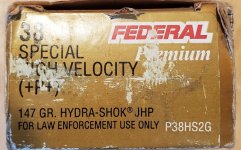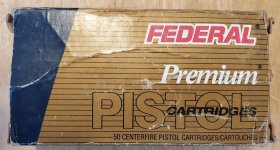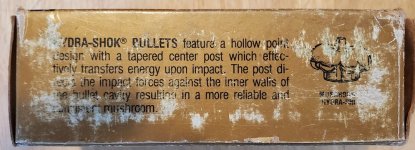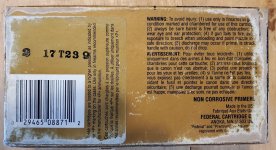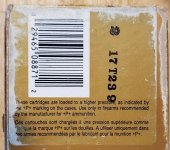FWIW, I have used quite a bit of Federal 9mm +P+ 9BPLE 115 grain and Winchester 115 and 127 grain 9mm +P+ in a variety of firearms. I was never able to detect any premature wear, and certainly no breaking, bending, deforming, etc. of component parts due to use of +P+ ammo.
In any case, due to my own experience with major US manufacturer +P+ ammo, I am comfortable in it's use in quality, properly maintained firearms........YMMV
Just out of curiosity, have you used any other +P+ ammo?? Any other caliber?? Its been pointed out several times in this thread that there is no standard for +P+ pressure range.
Like the German Autobahn, there is no upper speed limit, only a lower one.
I'm sure you are accurately relating your experience, but I think your conclusion, as stated is simply overbroad and not accurate.
There are LOTS of "quality, properly maintained firearms" that are simply not suited for use of +P+ ammunition. ALL +P+ ammo is NOT the same. The only thing all +P+ ammo has in common is the +P+ marking, because it exceeds the +P pressure rating by some amount.
Specific to 9mm Parabellum, I have 3 different "quality, properly maintained" pistols that I would not dream of running +p let alone unquantifiable +P+ ammo in. And they were made by Mauser and Walther.
I don't think this is a matter of YMMV but a matter of YM WILL Vary...

